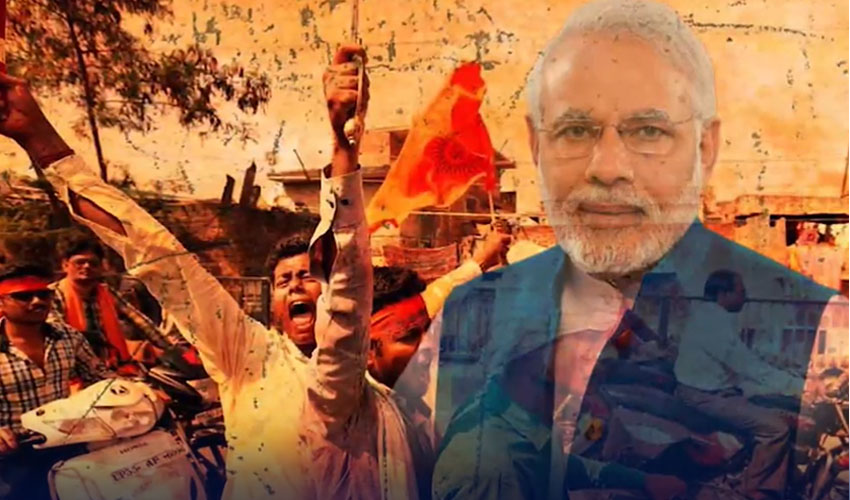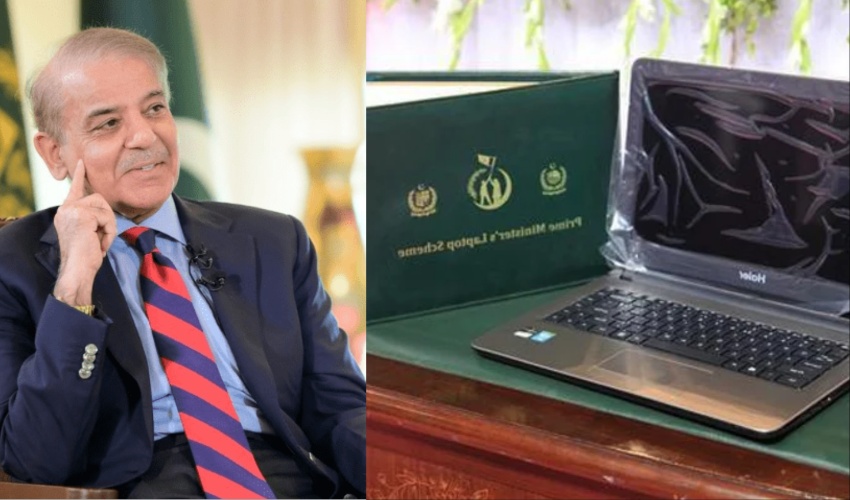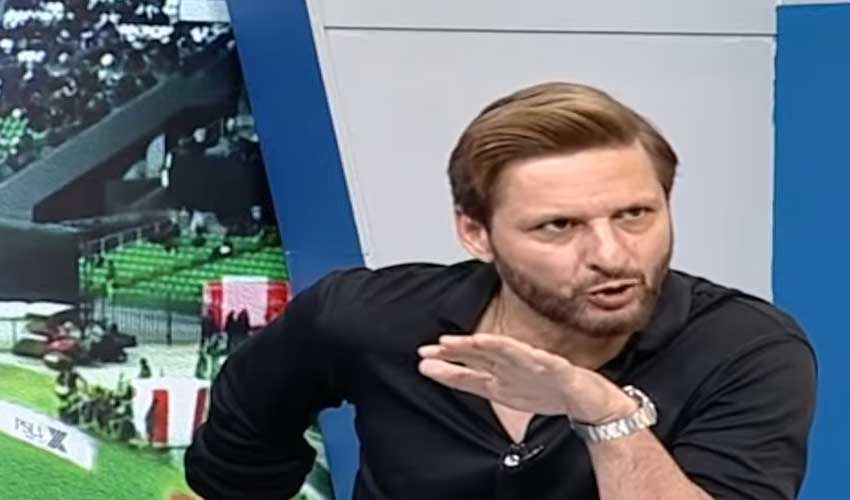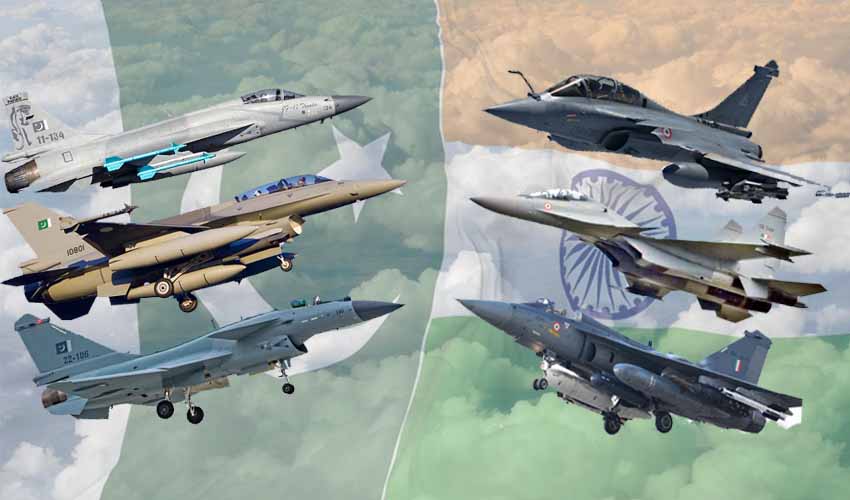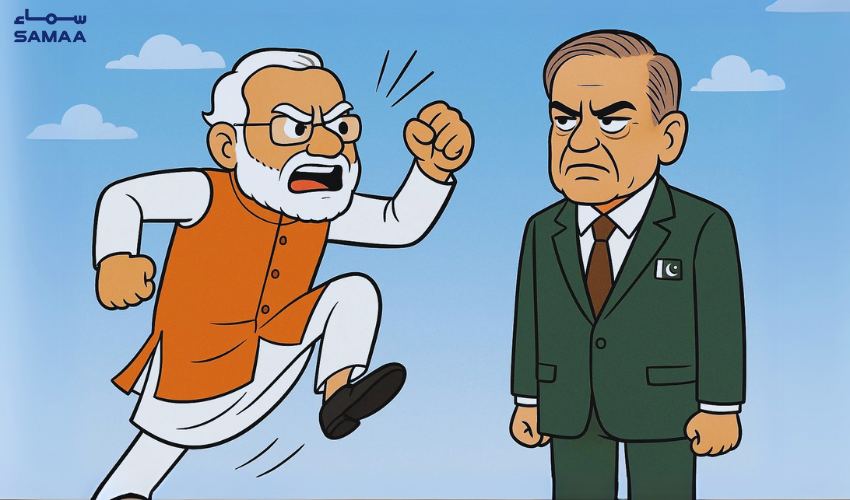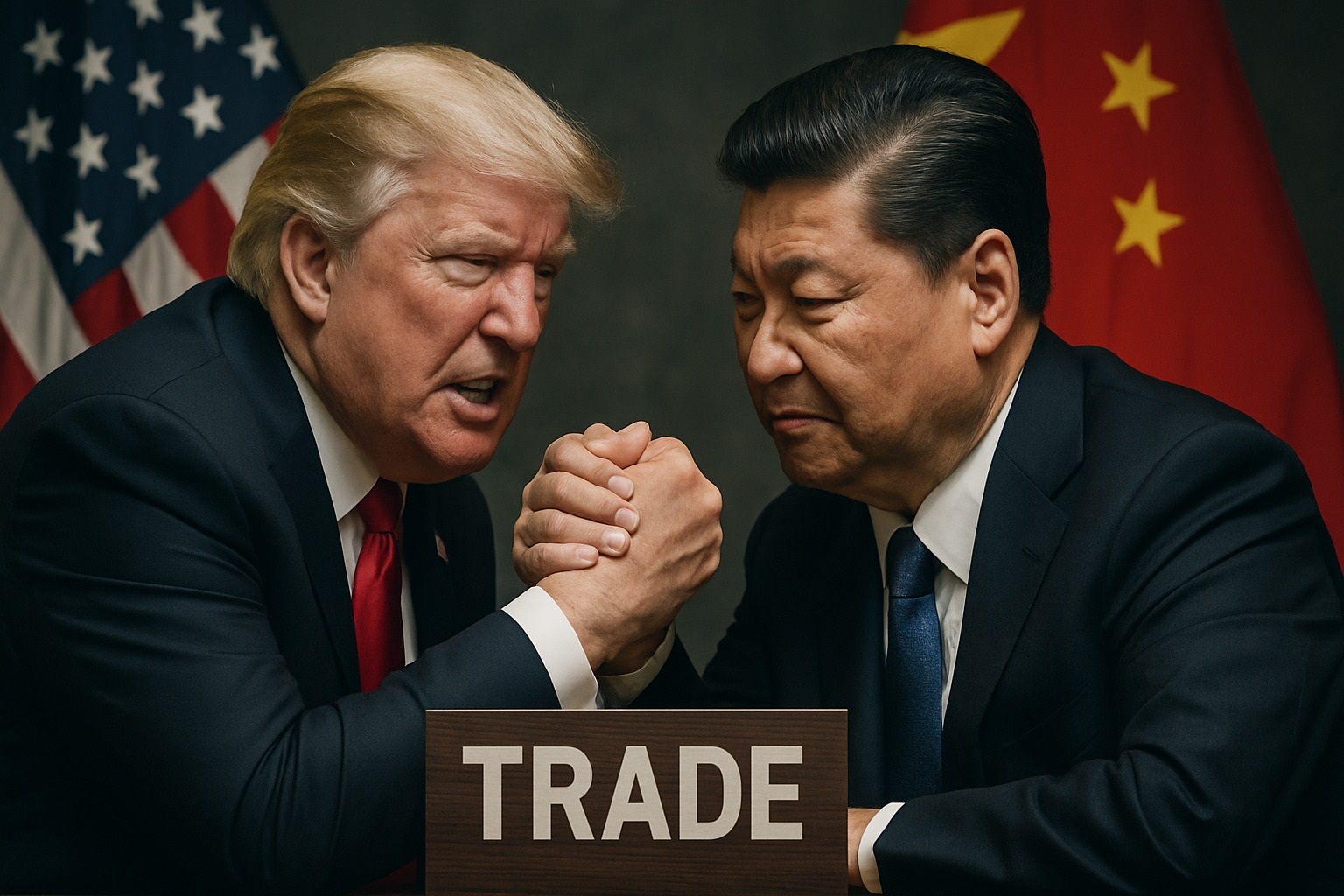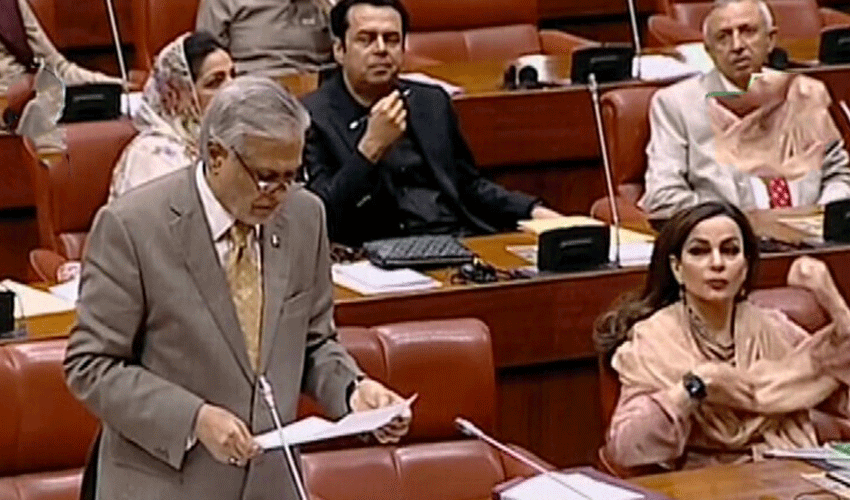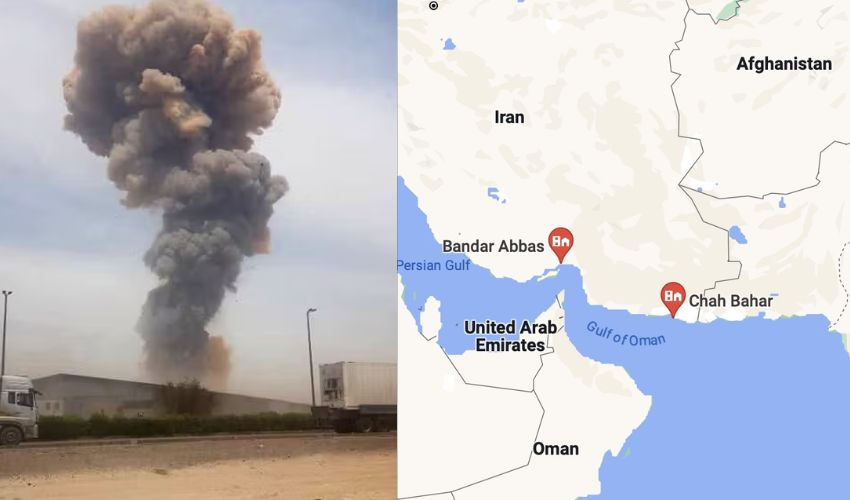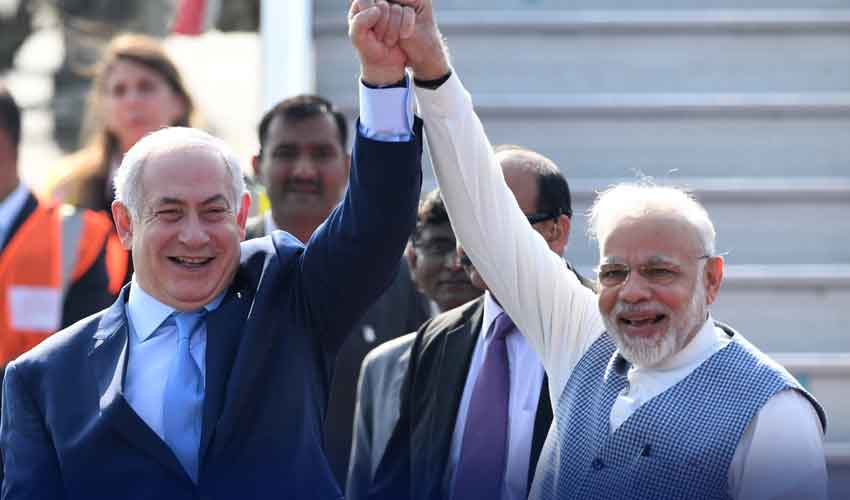As India prepares for another round of elections, Prime Minister Narendra Modi is once again leveraging the majoritarian sentiments that secured his landslide victory in 2019. His agenda, characterised by the enforcement of controversial policies like the Citizenship Amendment Act (CAA) of 2019, underscores his vision of transforming India into a Hindutva state. This law, which expedites citizenship for persecuted religious minorities except Muslims, exemplifies Modi's strategy of marginalizing specific groups to consolidate power.
In December, the Indian Supreme Court capitulated to Modi's controversial decision to revoke Kashmir's special status, a move that has been widely criticized as undermining the region’s autonomy and stoking tensions. Additionally, Modi’s inauguration of the Ram temple on the site of the demolished Babri Masjid in Ayodhya further inflamed communal sentiments. These actions, coupled with the suppression of dissent and the Indian media's role as a propagandist for ultranationalist narratives, paint a grim picture of India's democratic landscape under Modi.
Cult of Modi
Despite his divisive policies, many Indians are convinced that Modi is not only a champion of Hindu nationalism but also a leader propelling the nation to global prominence. Under his leadership, India achieved the milestone of being the first country to successfully land a spacecraft on the south pole of the moon. Modi is also credited with transforming India into an economic powerhouse capable of competing with the world's most powerful nations.
However, Modi's tenure is marred by his problematic role in the 2002 Gujarat riots, his ongoing persecution of religious minorities, and his assault on freedom of expression. Yet, these issues have not hindered his rise; instead, he has built a formidable cult of personality likely to secure him a third consecutive term in power.
Modi's policies have attracted significant foreign direct investment and spurred impressive economic growth. However, this growth has come with stark inequalities and the dispossession of marginalized communities, particularly the Adivasis. Modi’s close ties with big business, both domestically and internationally, have been instrumental in this economic transformation, but at a considerable social cost.
Recent judicial rulings banning the issuance of election bonds, which allowed anonymous donations to political parties, might curtail Modi’s ability to fund lavish campaigns. The order to disclose the list of donors who have purchased these bonds since their introduction in 2017 could stir controversy, especially given that the Bharatiya Janata Party (BJP) was the largest beneficiary. Despite this potential setback, Modi’s prospects remain strong, thanks to his expansion of the voter base through government-financed social welfare schemes, even in the face of farmer protests against the liberalization of agricultural policies.
Modi's global image
Modi's carefully cultivated image as a tea-seller's son who rose to lead the "largest democracy in the world" has resonated both domestically and internationally. Despite previously being barred from entering the United States due to his role in the Gujarat massacre, Modi has since received red-carpet welcomes in Washington, D.C., under the Obama, Trump, and Biden administrations. India's strategic importance as a counterbalance to China has ensured Western endorsement of Modi's leadership, bolstering his image at home.
Post-colonial India has experienced authoritarian tendencies before, notably under Nehru and Indira Gandhi during the Emergency. However, Modi has taken these tendencies to new heights, distorting Indian polity into an illiberal form of democracy. Elections are held regularly, but the essence of democracy is undermined by a populist strongman advocating majoritarian rule.
A recent Pew survey revealed that 85% of Indian respondents support the idea of military rule or an authoritarian leader, a troubling statistic for a country that prides itself on being the world's largest democracy. This shift in public sentiment reflects the profound impact of Modi’s leadership style on Indian democracy.
The Citizenship Amendment Act (CAA) of 2019 is perhaps the most controversial piece of legislation under Modi's regime. The CAA offers a pathway to citizenship for non-Muslim refugees from Pakistan, Bangladesh, and Afghanistan, effectively institutionalizing discrimination against Muslims. This law has sparked nationwide protests and international condemnation, highlighting the deepening religious divide in India.
The Kashmir conundrum
Modi's revocation of Kashmir's special status in August 2019 was a bold and contentious move aimed at integrating the region more fully into India. However, this decision has been criticized for exacerbating tensions in an already volatile area. The subsequent crackdown on dissent, communications blackout, and detentions of political leaders have drawn sharp rebukes from human rights organizations and international observers.
The construction of the Ram temple in Ayodhya, on the site of the demolished Babri Masjid, is a significant milestone for Modi's Hindutva agenda. This act symbolizes the assertion of Hindu dominance and has been a long-standing demand of the BJP's core support base. While this move has bolstered Modi’s popularity among Hindu nationalists, it has also deepened religious divisions and sparked fears of further marginalization of Muslims.
Under Modi, the Indian media has increasingly become a tool for propagating ultranationalist narratives. Reliant on state advertisements, many media outlets have abandoned critical journalism in favor of promoting government policies. This has stifled dissent and created an environment where voices of opposition are either silenced or sidelined. The suppression of journalists and activists who challenge the government has raised serious concerns about the erosion of democratic freedoms in India.
Modi's economic policies have focused on liberalization and attracting foreign investment. While these measures have driven economic growth, they have also led to significant social upheaval. The liberalization of agricultural policies, for instance, sparked massive protests from farmers who feared losing their livelihoods. The disparity between urban and rural development has widened, and marginalized communities have borne the brunt of this economic transformation.
Social welfare schemes
Despite the controversies, Modi has expanded his voter base through various social welfare schemes. Initiatives like the Pradhan Mantri Awas Yojana (housing for all) and the Swachh Bharat Abhiyan (Clean India Mission) have garnered support, particularly in rural areas. These schemes, often heavily publicized, serve to reinforce Modi's image as a leader who cares for the common man, even as broader economic policies favor the wealthy.
Internationally, Modi has leveraged India's strategic position to gain favor with Western powers. The United States and Europe view India as a crucial ally in countering China's influence in Asia. This geopolitical dynamic has led to a pragmatic acceptance of Modi's leadership, despite his controversial domestic policies. The Western endorsement has further strengthened Modi's standing at home, presenting him as a leader who commands global respect.
India stands at a crossroads. Under Modi, the country has experienced significant economic growth and increased its global standing. However, these achievements come with the cost of deepening social divides, erosion of democratic norms, and rising authoritarianism. As Modi seeks a third term, the question remains whether Indian democracy can withstand the pressures of majoritarian rule and whether the voices of dissent will find a place in the country's political landscape.
The triumph of Moditva represents a profound transformation of Indian democracy, where the appeal of a populist strongman has overshadowed the principles of inclusive governance. The path ahead for India is fraught with challenges, and the nation's ability to navigate these will determine its future as a truly democratic society.





